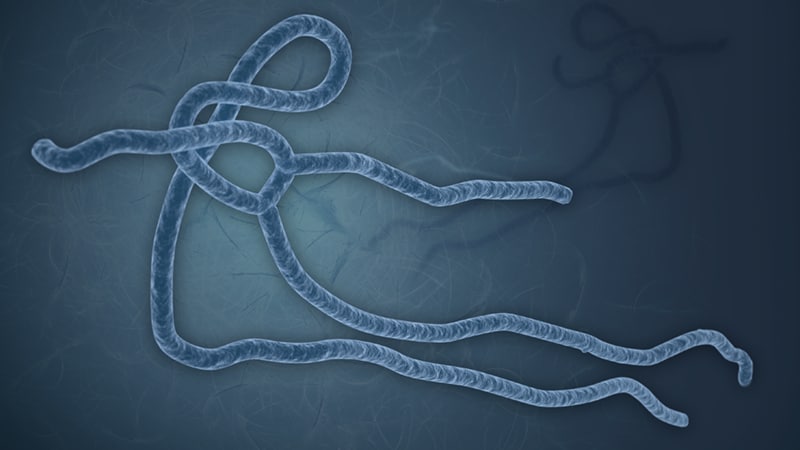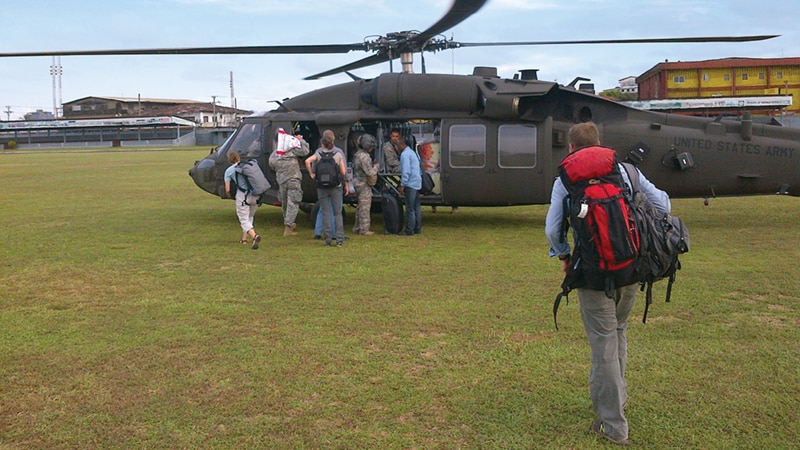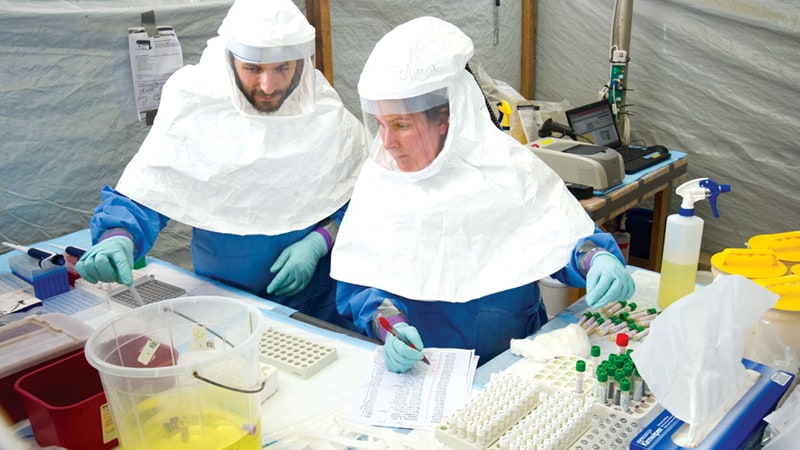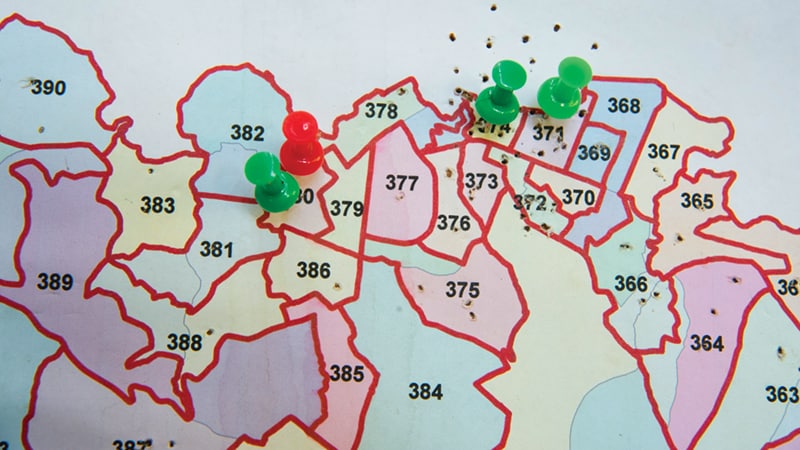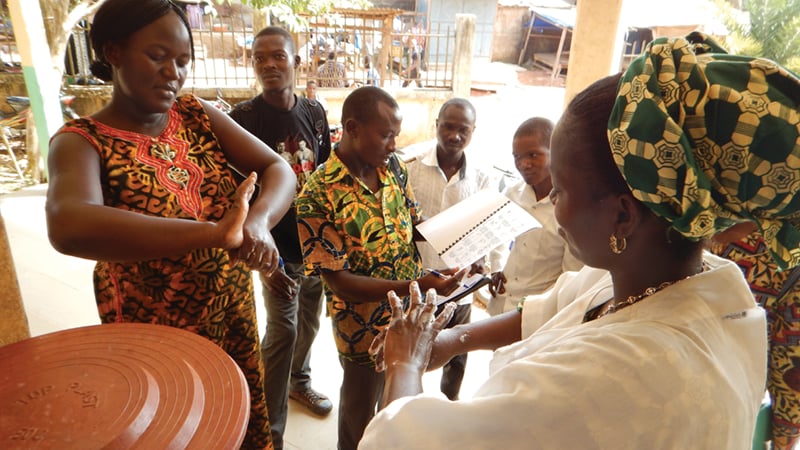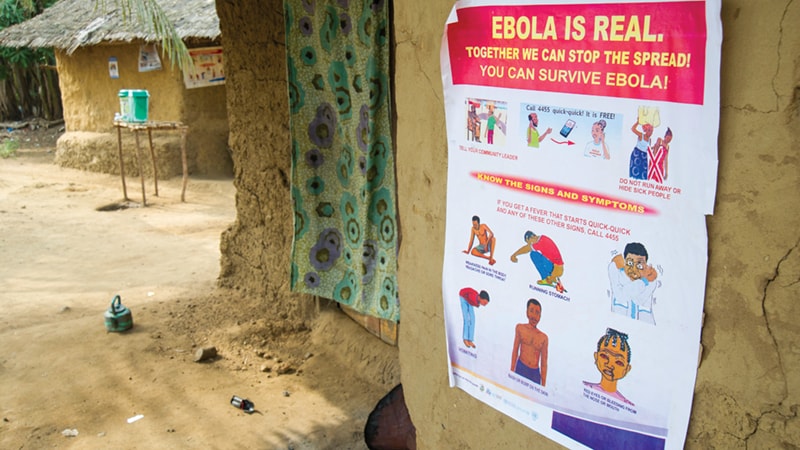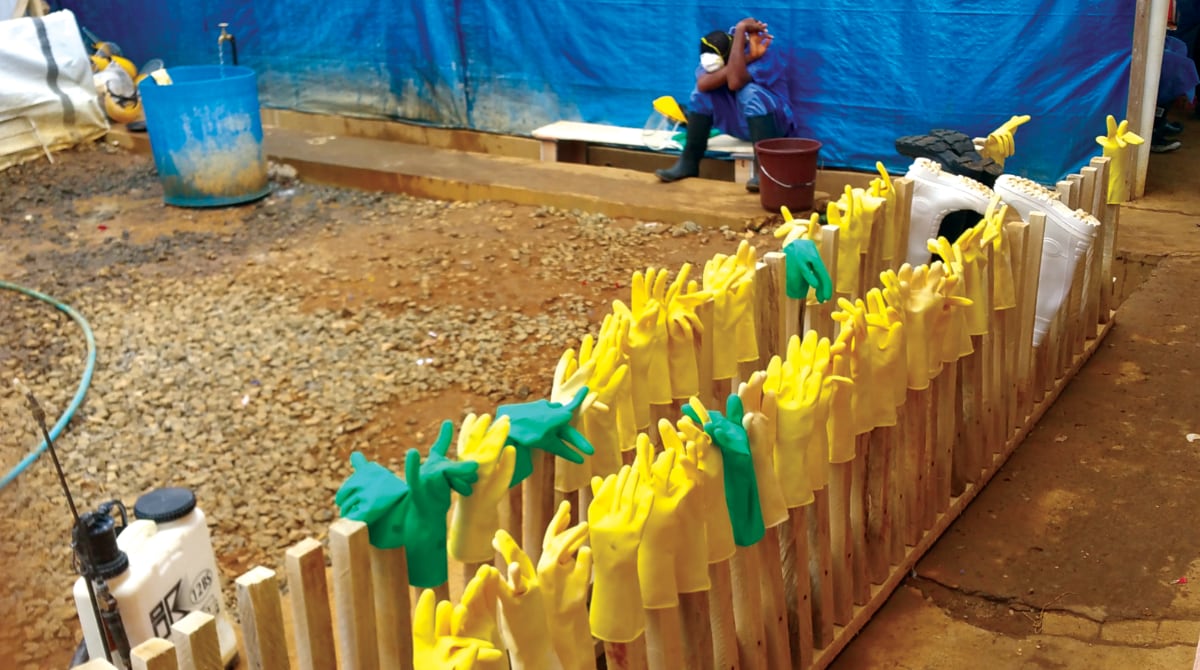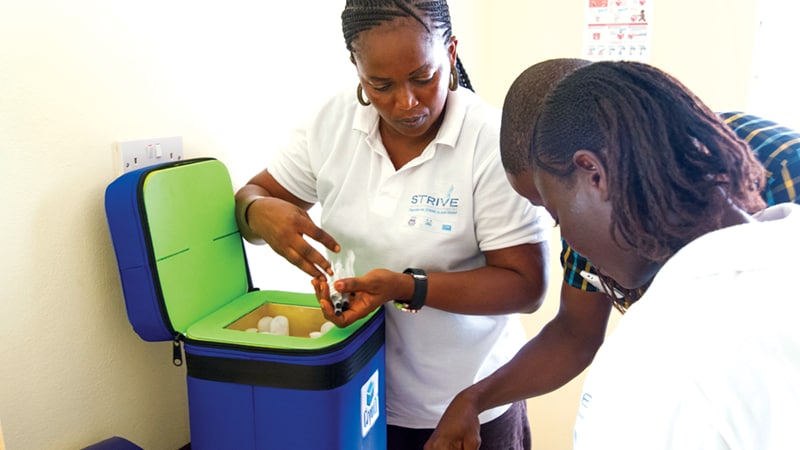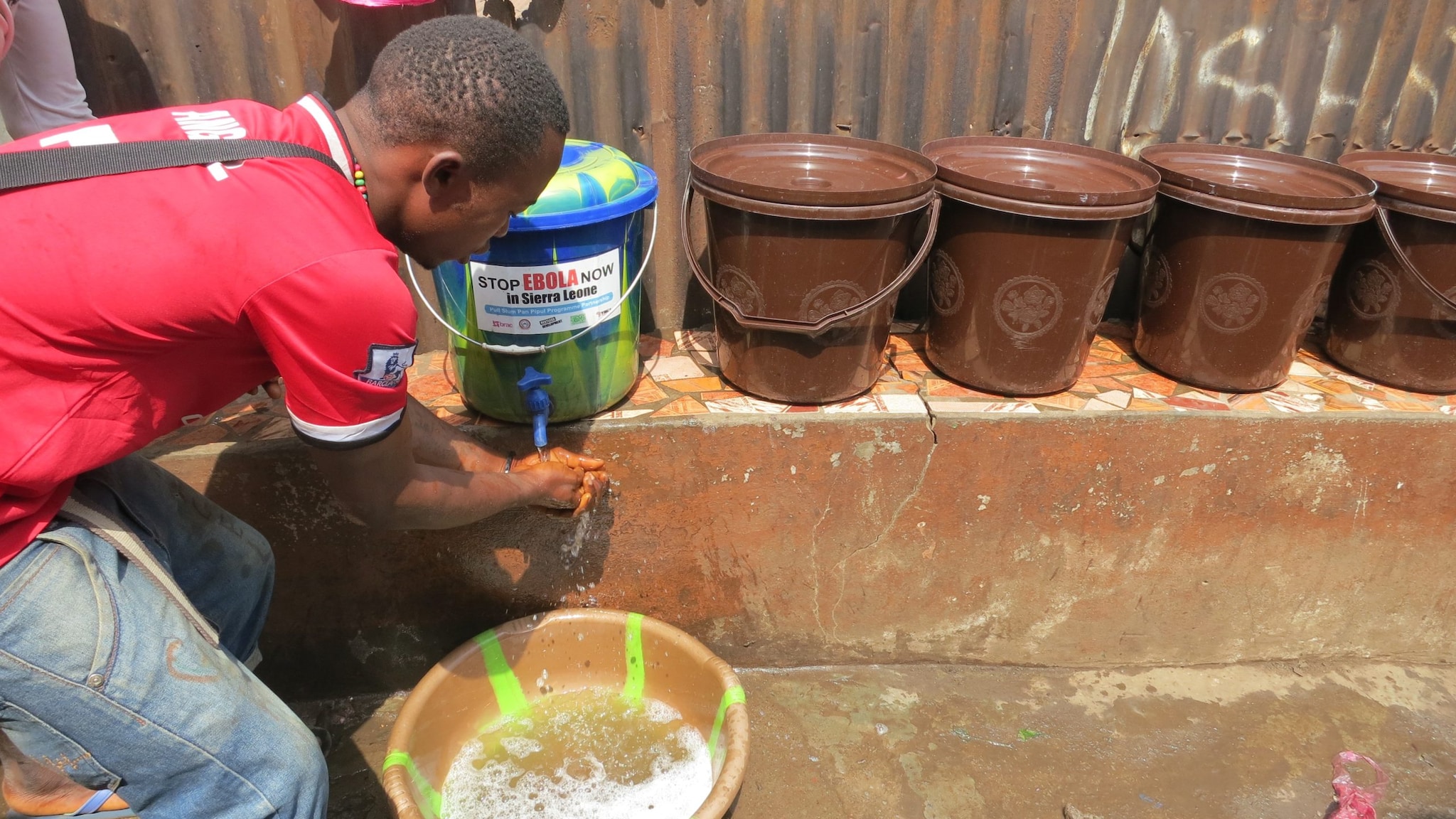What to know
The photos below capture the historic response to the 2014-2016 West Africa Ebola epidemic. Thousands of CDC staff contributed unique expertise in epidemiology, laboratory, infection prevention and control, community engagement, and more. Ten years later, the lessons learned from this response continue to transform the world and save lives.
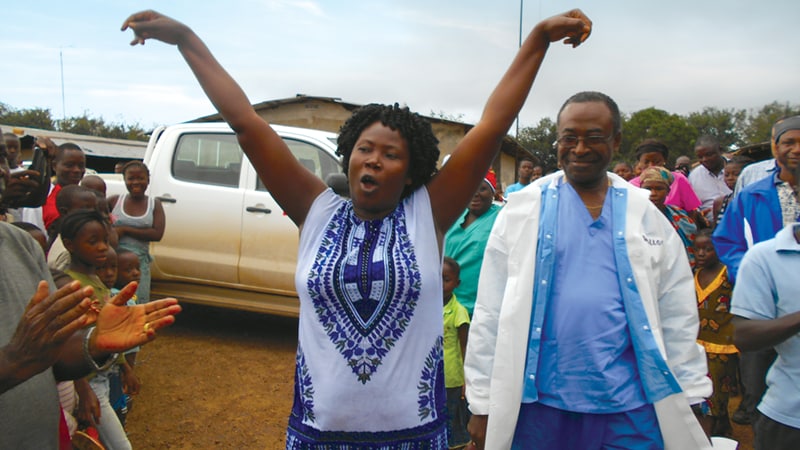
Reflecting on lessons learned
Ten years ago, the Ebola epidemic in West Africa shook the world, ultimately claiming more than 11,000 lives. On July 9, 2014, CDC activated its Emergency Operations Center. Nearly 1,500 CDC staff were deployed to West Africa, working side by side with healthcare workers and Ministries of Health to contain the outbreak.
The size and scope of this devastating epidemic illustrated the need for stronger, sustainable disease detection and prevention capacity worldwide. The world is more connected and crowded than it has ever been. Even ten years later, the ability for a spillover of Ebola from the forests of Guinea to spread to the major urban areas of West Africa and on to destinations that are just a few hours away by plane, means we need to take this very seriously.
The best way we can honor the many people who lost their lives to this tragedy, and the responders from 2014, is to learn from their experiences – and continue transforming global health.
Investments in the core emerging infectious diseases work – like genomic sequencing and advanced molecular detection, and recent innovations with wastewater surveillance and traveler-based genomic surveillance, gives CDC and global partners actionable data and a cadre of trained responders that helps us identify and respond to outbreaks faster and save lives. These innovative technologies form a comprehensive system that allows us to better detect and respond to infectious diseases at anywhere around the world.
Photo essay
